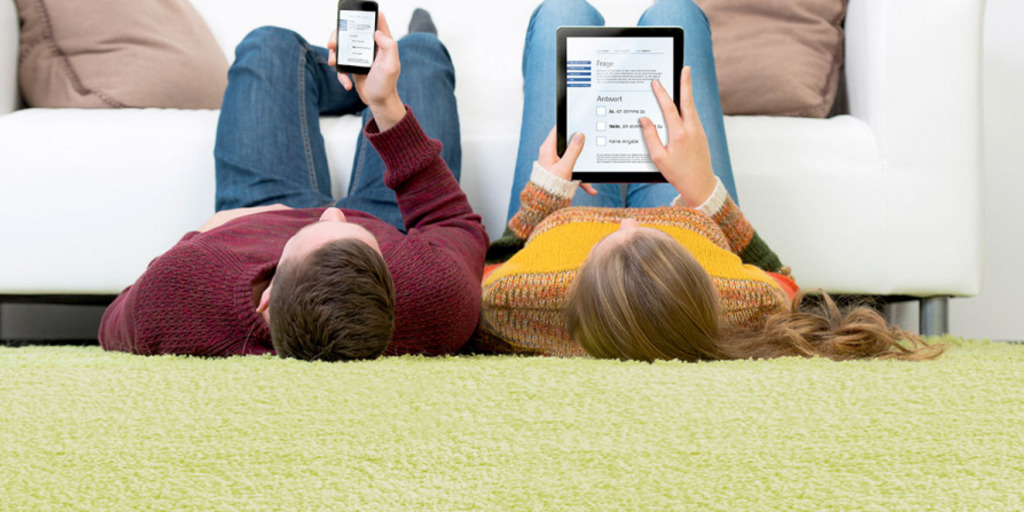According to the findings of a study jointly conducted by the Bertelsmann Stiftung and the Rheingold Institute, older individuals are more future-oriented than younger individuals when it comes to political decision-making. While older people tend to take a long-term perspective, such as during elections, the younger generation makes decisions based on concerns that are more pragmatic and dependent on their current situation in life. The reason for this is that older people are more firmly anchored in a political worldview as a result of their political socialization. When it comes to making decisions, this takes precedence over current individual needs.
The study found that 19- to 32-year-olds make decisions based more on specific issues and situations, with political decisions resulting more strongly from individual needs. "Instead of the much-discussed pensioners’ democracy, it is actually the short-term decisions of the younger generations that are posing a challenge to the long-term orientation of the democracy," said Jörg Dräger, a member of the Bertelsmann Stiftung's Executive Board. For this reason, the authors of the study have called younger individuals members of the "Wahl-O-Mat" ("Vote-O-Mat") generation after an online tool that helps them find their bearing by comparing their political preferences with the policy stances of the various political parties.




